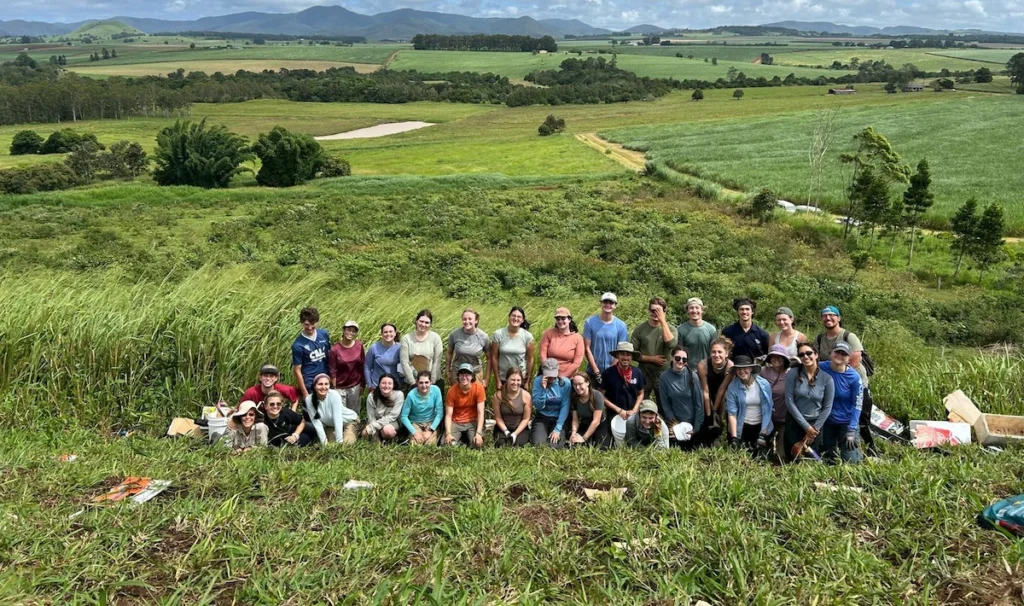Rich in Cultural Heritage and Ecological Diversity
Since the onset of the Tropical Island and Biodiversity program in Bocas del Toro Panama, I have had the privilege of attending and assisting students in our Environmental Policy course. Professor Julie Robinson has developed an exciting introduction to local policy through a variety of unique and challenging lectures, discussions, and field experiences.
When students first arrive in the Bocas del Toro archipelago, they are taken by the natural grandeur that characterizes this region — small scattered islands emerge from calm and sheltered waters, a home to rich natural biodiversity. While mesmerized by this natural splendor, one may not realize that this region is as rich in cultural heritage as it is in ecological diversity, an ideal location to examine multifaceted stakeholder interests.

The class has had many opportunities to learn about history and community identity in the surrounding islands, which are home to Ngobe, Afro Antillean, Panamanian Latino, and expatriate groups. We have discussed the resource needs and interests of these groups and in the process, have examined our own identities and presence here. We have explored socioeconomic, political, and cultural frameworks at play in this environment by attending community events, interviewing stakeholders, and participating in several outreach projects in the community.
We have focused on understanding social theory and policy during class time and have utilized a variety of field excursions to put our theory and research methods to practice. Students have enjoyed interviewing residents to create a SWOT analysis (strengths, weaknesses, opportunities, and threats) of sustainable tourism. Afterwards we worked collectively to develop thoughtful suggestions for future sustainable development in the region.
Thus far we have visited Isla Bastimentos, Isla San Cristobal, and Isla Colon, and have grown more accustomed with community members and natural ecosystems. Our visits have given us the opportunity to repaint a school, public park, and participate in clean-ups with community members on Isla Bastimentos. Our field exercises have helped us identify the complexities of sustainable resource policy development in this region; we look forward to similar challenging and rewarding experiences in the weeks to come.
Related Posts

Cinder Cone Chronicles: Lessons from Drought, Data, and Determination

